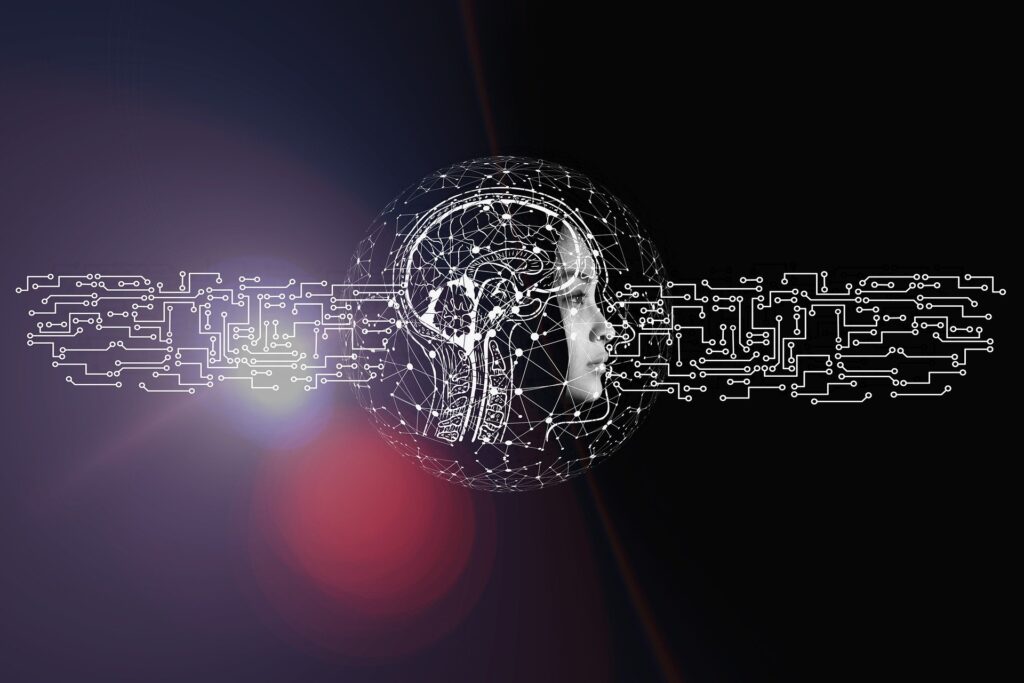As we move forward into an increasingly digital world, the way we experience the internet is transforming dramatically. The days when digital experiences were confined to flat screens — desktops, laptops, and smartphones — are fast becoming outdated. Enter Spatial Web 3.0 — the next layer of the internet that is set to blur the lines between the physical and digital worlds.
This evolution is not just about faster connections or more apps. It’s about creating a world where digital content is seamlessly overlaid onto the real world, making our interaction with technology more natural, immersive, and intelligent.
What is Spatial Web 3.0?
The Spatial Web 3.0 is an advanced form of the internet where the digital world and the physical world exist together in the same space. It connects objects, environments, and people through technologies like:
- Augmented Reality (AR): Enhancing the real world with digital content.
- Virtual Reality (VR): Creating entirely simulated environments.
- Mixed Reality (MR): Blending real and virtual elements interactively.
- IoT (Internet of Things): Connecting physical devices to share and process data.
- Artificial Intelligence (AI): Making these environments smart, responsive, and personalized.
- 5G & Edge Computing: Providing the high-speed, low-latency networks needed to process vast amounts of real-time data.
In this new internet layer, everything around us — from our homes and cars to stores and public spaces — becomes an interactive digital interface.
Why is Spatial Web 3.0 Important?
- Breaking the Screen Barrier
No longer will digital interactions be limited to phones or laptops. The environment itself becomes your interface — using smart glasses, voice commands, or gestures to access information. - Highly Personalized Experiences
The system understands your preferences, location, history, and context — offering services or content exactly when and where you need them. - Real-World and Digital Integration
Objects like appliances, vehicles, and buildings will communicate with each other — creating a world where data flows freely between the physical and digital.
How Will Spatial Web 3.0 Impact Industries?
- Retail & E-Commerce
- Virtual fitting rooms and product demos at home.
- AR-guided in-store navigation.
- Context-aware personalized offers displayed in real time.
- Healthcare
- Remote surgeries with AR visualization.
- Real-time patient monitoring through IoT devices.
- Virtual health consultations with realistic 3D representations.
- Manufacturing & Logistics
- AR-guided equipment repairs.
- Real-time supply chain tracking.
- Smart warehouses where robots and humans collaborate seamlessly.
- Real Estate & Urban Planning
- Virtual property tours and neighborhood simulations.
- AR-enhanced building designs for architects.
- Digital twins of entire cities to optimize planning and services.
- Education & Training
- Virtual classrooms that feel like real ones.
- Immersive skill training simulations for industries like aviation or healthcare.
- AR tools to make learning interactive and location-specific.
Challenges on the Road to Spatial Web 3.0
- Privacy & Security Risks
With devices tracking location, voice, gestures, and preferences, protecting user data becomes crucial. - Hardware Adoption
AR/VR wearables need to become affordable, lightweight, and socially acceptable. - Standardization Issues
Different platforms must work together smoothly — a global set of standards is essential. - Digital Overload Risks
Balancing useful augmentation with information overload will be key to user acceptance.
What should Businesses Do to Prepare?
- Experiment with AR/VR solutions.
- Invest in IoT and smart connectivity.
- Build digital twins of physical processes or environments.
- Enhance data security frameworks.
- Prepare for new forms of customer engagement and service delivery.
Conclusion: The Future Is Becoming Spatial
Spatial Web 3.0 is not a distant concept — it is already taking shape.
Major tech companies are investing heavily in AR/VR, IoT ecosystems are expanding, and AI is making everything smarter and more contextual. This is the dawn of an era where digital information lives in the real world, creating richer, faster, and more meaningful human-technology interactions.
At Temeta Tech, we help organizations tap into these emerging opportunities — enabling them to design customer experiences, business operations, and services ready for the Spatial Web.
Are you ready to lead in this new frontier?a

